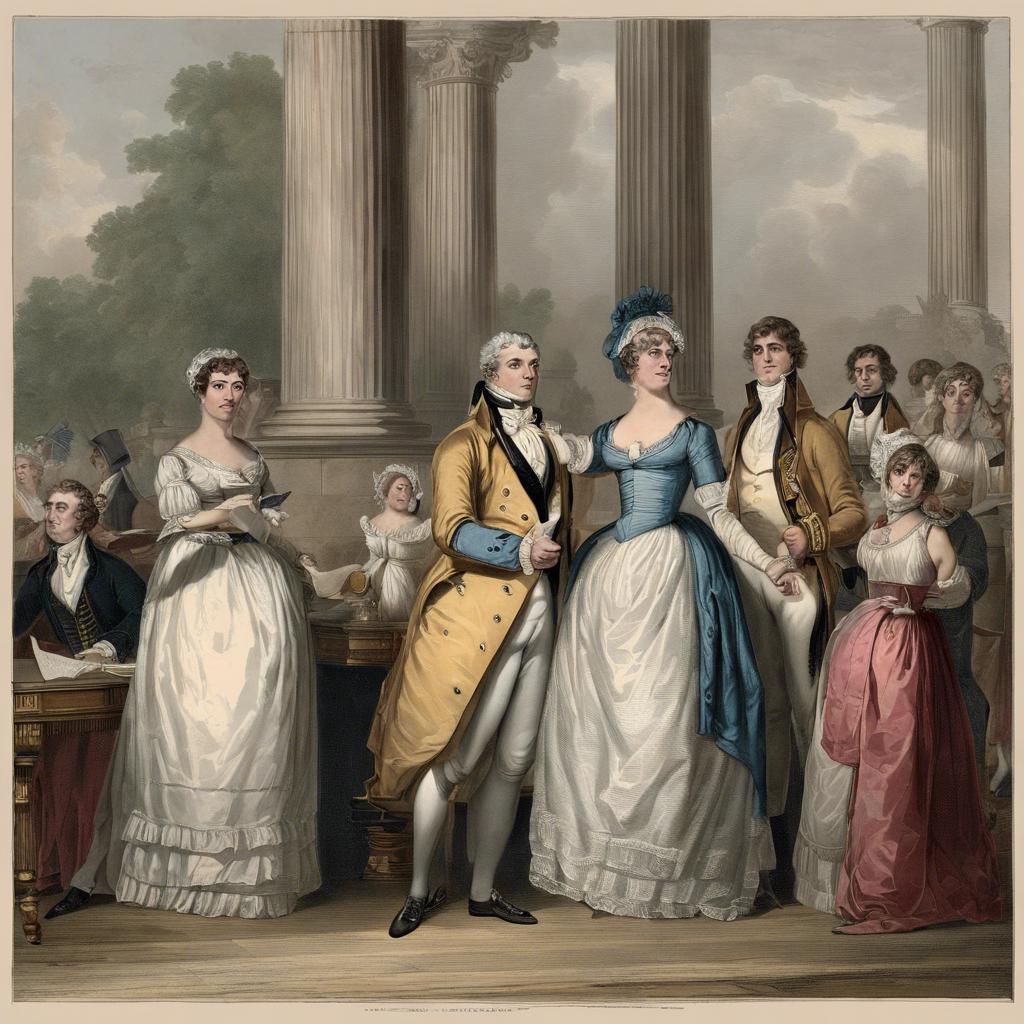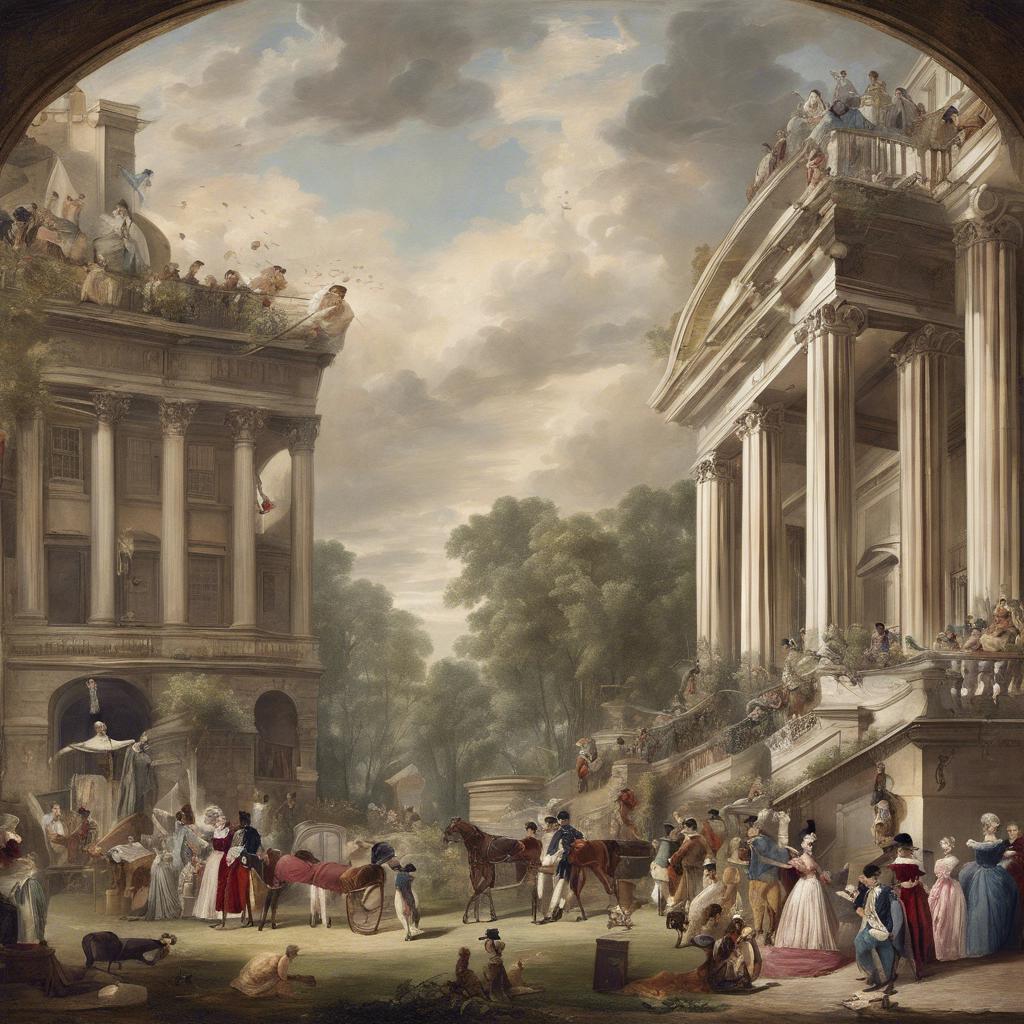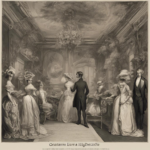The Regency Era, spanning from 1811 to 1820, marked a period of significant political and cultural transformation in British history. Following the incapacitation of King George III due to mental illness, power was transferred to his son, the future King George IV, who served as Prince Regent during this time. The Regency Era witnessed sweeping changes in society, fashion, literature, and architecture, leaving a lasting impact on British culture. In this article, we delve into the key events and developments that characterized this fascinating period in history.
Step Into the World of Cheryl Bolen
Dive into the enchanting stories of love, intrigue, and elegance set in the Regency Era. Cheryl Bolen's novels offer timeless romance and captivating tales that will leave you wanting more.
Explore Cheryl Bolen's Books Now
Key Events and Timeline of the Regency Era
In the Regency Era, spanning from 1811 to 1820, several key events shaped British history. One of the most significant occurrences was the Regency Act of 1811, which declared George, Prince of Wales, as the Prince Regent due to King George III’s incapacity. This marked the beginning of a new chapter in British politics, culture, and society.
During this period, the Napoleonic Wars continued to have a profound impact on Europe. The Battle of Waterloo in 1815, where British forces, along with their allies, defeated Napoleon Bonaparte, brought an end to the long and bloody conflict. This victory solidified Britain’s position as a superpower and altered the course of European history.
In the realm of literature and the arts, the Regency Era saw the rise of Romanticism, with influential figures such as Jane Austen and Lord Byron producing timeless works that continue to captivate audiences to this day. The flourishing of intellectual and creative endeavors during this time contributed to a cultural renaissance that left a lasting legacy on British society.
Society and Culture in the Regency Era: Fashion, Entertainment, and Etiquette
During the Regency Era, fashion played a significant role in society and culture. Men and women of the upper class were expected to dress elegantly and in accordance with the latest trends. Women’s fashion was characterized by high-waisted dresses, empire silhouettes, and delicate fabrics such as muslin and silk. Men, on the other hand, wore tailcoats, waistcoats, breeches, and cravats. Accessories such as gloves, hats, and parasols were also essential to complete the look.
Entertainment in the Regency Era was diverse and vibrant, with activities ranging from private balls and soirées to public events such as the opera and the theater. Gambling and horse racing were also popular pastimes among the aristocracy. Additionally, the emergence of circulating libraries and literary salons contributed to the growing importance of intellectual pursuits during this time. Etiquette was highly valued in Regency society, with strict rules governing social interactions and proper behavior. Politeness, decorum, and respectability were paramount, especially in the upper echelons of society.
the Regency Era was a time of elegance, refinement, and cultural transformation. The influence of notable figures such as Jane Austen and Beau Brummell helped shape the fashion, entertainment, and etiquette of the period. Despite its social and political challenges, the Regency Era remains a fascinating and distinct chapter in the history of Western society.
Political Landscape: Wars, Policies, and Reforms
In the Regency Era, from 1811 to 1820, the political landscape in Britain was marked by wars, policies, and reforms that shaped the course of history. One of the key events during this time was the Napoleonic Wars, which saw Britain and its allies fighting against Napoleon Bonaparte’s French Empire. These wars had a significant impact on the economy, society, and politics of the time, with a lasting legacy that would continue to be felt for years to come.
On the domestic front, the Regency Era was marked by a series of important policies and reforms. One of the most notable was the passing of the Corn Laws in 1815, which regulated the import and export of grain and had a profound effect on food prices and agricultural practices. Additionally, the era saw the introduction of new laws and regulations aimed at reforming various aspects of society, such as the criminal justice system, education, and working conditions.
the Regency Era was a period of immense transformation and change in British politics. From the aftermath of the Napoleonic Wars to the implementation of new policies and reforms, the era set the stage for the modern political landscape that would emerge in the years to come. It was a time of both challenges and opportunities, as the country navigated through the complexities of war, policy-making, and societal change.
Literature and Art in the Regency Era: Influential Works and Important Figures
In the Regency Era, literature and art flourished, with many influential works and important figures emerging during this period. Some of the key literary works of the time included Jane Austen’s beloved novels such as “Pride and Prejudice” and “Sense and Sensibility.” These works are still revered today for their sharp social commentary and witty storytelling.
Poetry also thrived in the Regency Era, with figures like Lord Byron and Percy Bysshe Shelley making significant contributions to the Romantic movement. Their works explored themes of nature, love, and the supernatural, captivating readers with their vivid imagery and emotional depth.
In the world of art, the Regency Era saw the rise of prominent painters such as J.M.W. Turner and John Constable. Turner’s dramatic seascapes and Constable’s tranquil landscapes became iconic representations of the era, showcasing the beauty of the English countryside. These artists influenced future generations of painters and left a lasting impact on the art world.
To Wrap It Up
the Regency era was a period of remarkable transformation and change in British society, politics, and culture. From the charismatic leadership of the Prince Regent to the romantic ideals of Jane Austen’s novels, this era left an indelible mark on history. As we reflect on the events and figures that shaped this dynamic period, we are reminded of the enduring influence of the Regency era on our understanding of society and governance. The legacy of this era continues to resonate today, serving as a testament to the resilience and adaptability of the human spirit in the face of challenges and uncertainty. As we move forward, let us draw upon the lessons of the past to inspire and guide us in navigating the complexities of the present and the future.


